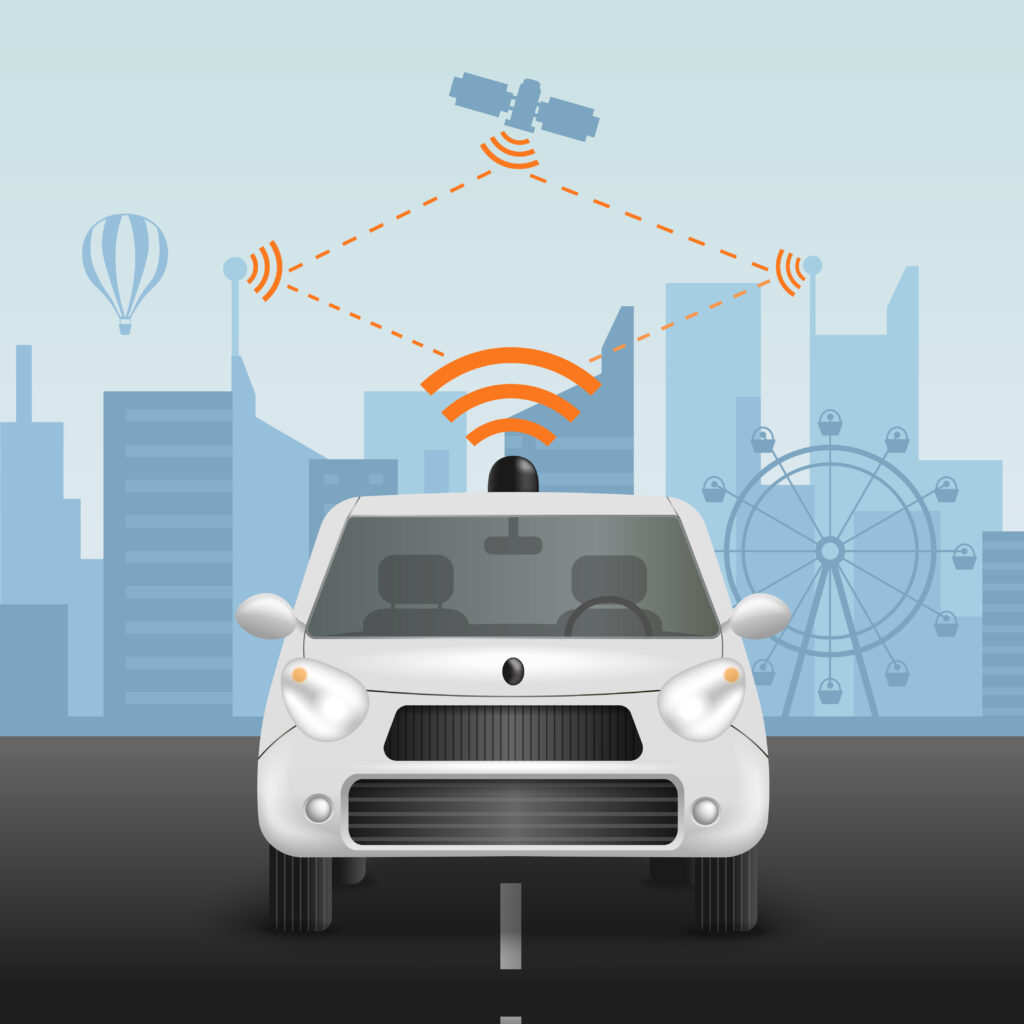In today’s rapidly evolving world, the concept of sustainability has gained significant importance. As the global community grapples with environmental challenges, technology is playing a pivotal role in driving change. Sustainable technology, often referred to as “green tech,” encompasses a wide array of innovations that aim to minimize environmental impact, conserve resources, and promote a more eco-friendly way of life. In this comprehensive guide, we’ll explore the innovative technologies that are leading the charge in environmental conservation and green tech.
1. Solar Power Revolution:
The solar power industry has witnessed a remarkable transformation in recent years. Solar technology, particularly solar panels, has seen dramatic improvements in efficiency and cost-effectiveness. Photovoltaic cells have become more adept at capturing sunlight and converting it into electricity. Additionally, innovations in energy storage systems, such as advanced batteries, are enhancing the reliability and accessibility of solar energy. These breakthroughs are not only reducing greenhouse gas emissions but also providing homeowners and businesses with a sustainable and economical source of electricity.
2. Wind Energy Advancements:
Wind energy is another sector that is experiencing significant advancements. Wind turbines have become more efficient and less intrusive, leading to increased adoption. Offshore wind farms, harnessing the stronger and more consistent winds found at sea, are becoming a prominent feature of the renewable energy landscape. These innovations are reducing our dependence on fossil fuels and contributing to a cleaner planet.
3. Electric Vehicles (EVs):
The rise of electric vehicles is transforming the automotive industry. EVs produce zero tailpipe emissions, reducing air pollution in urban areas. Innovations in battery technology have extended the range of electric vehicles and reduced charging times, addressing the issue of range anxiety that once deterred potential buyers. Furthermore, renewable energy sources are increasingly used to power EVs, further reducing their environmental footprint.
4. Energy-Efficient Buildings:
Energy-efficient buildings are becoming the new standard for construction. These structures are equipped with a range of sustainable technologies to reduce energy consumption and minimize environmental impact. LED lighting systems, improved insulation materials, and advanced heating and cooling solutions work together to reduce energy usage. Additionally, innovative building designs now incorporate features such as natural lighting and ventilation, further decreasing energy consumption and promoting a healthier, greener way of living.
5. Sustainable Agriculture Practices:
Agriculture plays a crucial role in environmental conservation. Sustainable agricultural technologies are helping reduce water usage, minimize chemical inputs, and increase crop yields. Precision farming techniques, such as drones and sensors, enable farmers to make data-driven decisions, conserving resources and improving efficiency. Practices like no-till farming and crop rotation are also reducing soil erosion and promoting healthier ecosystems.
6. Water Purification Technologies:
Access to clean water is a global concern. Innovative water purification technologies are providing affordable and sustainable solutions for communities lacking access to clean drinking water. One such innovation is the use of graphene filters, which offer a cost-effective and energy-efficient method for removing contaminants from water. Solar water purification systems, another advancement, use solar energy to purify water in off-grid or resource-constrained areas, making a significant impact on public health and quality of life.
7. Waste Reduction and Recycling:
The management of waste and recycling is central to environmental conservation. Innovative waste-to-energy facilities are converting trash into electricity, reducing landfill usage and harnessing the energy potential of waste. Furthermore, advancements in recycling processes, such as chemical recycling, are increasing the efficiency of reusing materials and reducing the strain on natural resources. This contributes to the circular economy model, which emphasizes sustainability and resource conservation.
8. Carbon Capture and Storage (CCS):
Carbon capture and storage (CCS) technologies are vital in the fight against climate change. CCS systems capture carbon dioxide (CO2) emissions from industrial processes and power plants, preventing them from entering the atmosphere and exacerbating the greenhouse effect. The captured CO2 can be stored underground or used in various industrial applications, ultimately reducing the impact of global warming.
9. Green Data Centers:
Data centers are essential for the digital infrastructure that powers our modern world. However, they are energy-intensive. To mitigate their environmental impact, green data center technologies are being adopted. These technologies include energy-efficient servers, cooling systems, and the use of renewable energy sources. These measures reduce the carbon footprint of data centers, aligning them with the broader goals of sustainability.
10. Sustainable Packaging Solutions:
The packaging industry is undergoing a transformation towards eco-friendliness. Biodegradable packaging materials, reusable containers, and innovative alternatives like mycelium-based packaging are replacing traditional plastics. These innovations reduce the environmental impact of packaging and address the global issue of plastic waste.
11. Circular Economy Models:
The concept of a circular economy is gaining traction worldwide. It involves designing products and systems with recycling and reuse in mind. Companies are adopting this model, which minimizes waste, promotes sustainability, and reduces the strain on natural resources. For instance, companies are increasingly designing products for disassembly, making it easier to recycle and reuse components, thus reducing waste and conserving resources.
12. Smart Grid Technology:
Smart grids are enhancing the efficiency of energy distribution systems. These grids incorporate advanced technologies like sensors, communication networks, and automation to reduce power wastage, enhance grid reliability, and improve the integration of renewable energy sources. By optimizing energy distribution, smart grid technology makes energy systems more sustainable and resilient.
13. Biotechnology for Sustainable Agriculture:
Biotechnology innovations are revolutionizing agriculture by providing sustainable solutions. Genetically modified (GM) crops are engineered to be more resistant to pests and drought, reducing the need for chemical pesticides and excessive water usage. Moreover, biotechnology is enabling the development of crops that have improved nutritional content, contributing to global food security.
14. Eco-friendly Transportation Solutions:
Sustainable transportation options are emerging as alternatives to traditional fossil fuel-powered vehicles. This includes electric buses, cycling infrastructure, and pedestrian-friendly urban planning. These innovations reduce air pollution, ease traffic congestion, and promote healthier and more sustainable modes of transportation in urban areas.
15. Blockchain for Supply Chain Transparency:
Blockchain technology is being employed to enhance supply chain transparency, particularly in the food and fashion industries. This innovation allows consumers to trace the origins of products, providing assurance that they are sustainably and ethically sourced.
16. Ocean Cleanup Technologies:
Plastic pollution in our oceans is a critical environmental issue. Ocean cleanup technologies, such as autonomous trash-collecting vessels and barriers that capture plastic waste, are making significant strides in cleaning up our oceans and preventing further harm to marine life.
In conclusion, sustainable technology is at the forefront of environmental conservation and the promotion of green tech. The innovations mentioned above are driving positive change across various industries, from energy production to waste management. Embracing and supporting these technologies is crucial for a more sustainable and eco-friendly future. As individuals, businesses, and governments work together to implement these innovations, we can look forward to a cleaner and greener world. Sustainable technology is not only a solution for a brighter tomorrow but a necessity in our efforts to protect our planet and ensure a healthy, sustainable future for generations to come.



